I cook with seaweed, daily. Be it in dried form as a spice or freshly cut from the rocks as a sea vegetable. We are coming to the end of the Seville Orange season, a time when I add seaweed into marmalade at its rolling boil. Sugar kelp, laver and dulse marry well with sevilles. Combining seaweed with Sevilles or Bitters is a time tested recipe. In Food in England (1954), Dorothy Hartley describes laver not only as one of of the UK’s oldest salads, but a seaweed that works well with Seville oranges.
‘The gatherer plucks it from the rocks, gives it a preliminary rinse in a clear sea pool, and finally washes it and boils it for hours and packs it in a crock.’ Dorothy Hartley
In January, my kitchen is steamy and wonderfully orange scented, albeit a tad on the sticky side.It’s a safe place and one to enjoy ‘wintering’ in. There are marmalade awards to strive for with a host of categories, from first time marmalade makers to campanologists. A few years ago, I added cointreau and received a Merry reward, but to date, the addition of seaweed has failed to hit the spot on a judge’s taste buds
.
Substitute lemons with sevilles and you will have a delicious, tart, orange curd. I added sugar kelp to my 2023 seville orange curd.
Sugar Kelp
At the weekend Lili, our daughter suggested a ski at Glenshee. Sadly the ski resort was lacking in snow so we visited The Fife Arms in nearby Braemar. We drank tea and coffee and read books. What a treat. Meanwhile, back in my Angus kitchen, the seville oranges were simmering in a slow oven. Marmalade making is the ultimate in slow cooking. Some recipes can take three to four days. The peel needs cooking time to soften and the release of pectin from the seville pips takes time too.
The Fife Arms has a small Library and you can purchase books too.
To return to seaweed. Each seaweed species tastes different. With time seaweed cooks become discerning. Laver is a good seaweed for beginner seaweed cooks - it isn’t overpowering. In California, savoury porridge is much in vogue, the addition of laver works well here. Add a scattering of nuts for texture and crunch.
Below is a recipe from Seaweed in the Kitchen. It includes laver, marmalade and the juice of a Seville orange. Check your local beach for fresh laver or buy prepared laverbread. You will find Seville oranges in a greengrocers near you.
In January and early February use Seville orange juice in this glossy laver sauce and out of season, replace the bitter orange with a lemon. A heaped teaspoon of pomegranate seeds will add texture and colour too.
6cm sugar kelp frond
8tbsps prepared laverbread
4x100g salmon fillets
400g puff pastry
4 heaped tsps marmalade
Juice and zest half Seville orange (or lemon)
15g butter
Extra flour
Egg-wash
Set the oven to 220C Gas 7.
Fill a pan with enough water to cover 4 salmon fillets. Add the sugar kelp and bring the water to the boil Simmer for 10 minutes to allow the kelp to infuse into the water. Remove the pan from the heat and put the salmon fillets into the hot kelp water. Pop a lid on the pan and set aside until the salmon is almost poached. Use a slotted spoon to remove the fillets from the pan to a plate. Leave to cool.
Lightly dust a surface with flour and roll 4 rectangles approx 18cm x 10cm (to wrap the salmon in). Place a tbsp of laverbread (cooked laver) off centre towards the front of the pastry (to cover the salmon fillet but leaving the ends free) and place the poached salmon on top of the laver. Spread a teaspoon of marmalade on the salmon and egg-wash the sides of the pastry. Fold the nearest side of the pastry over the salmon to make a parcel and press and crimp the edges to seal. Brush the parcel with egg-wash and pierce the top to allow steam to escape. Bake for 8-10 minutes in the preheated oven until golden. There are more seaweed recipes in The Forager’s Kitchen Handbook

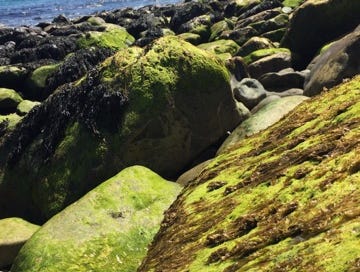



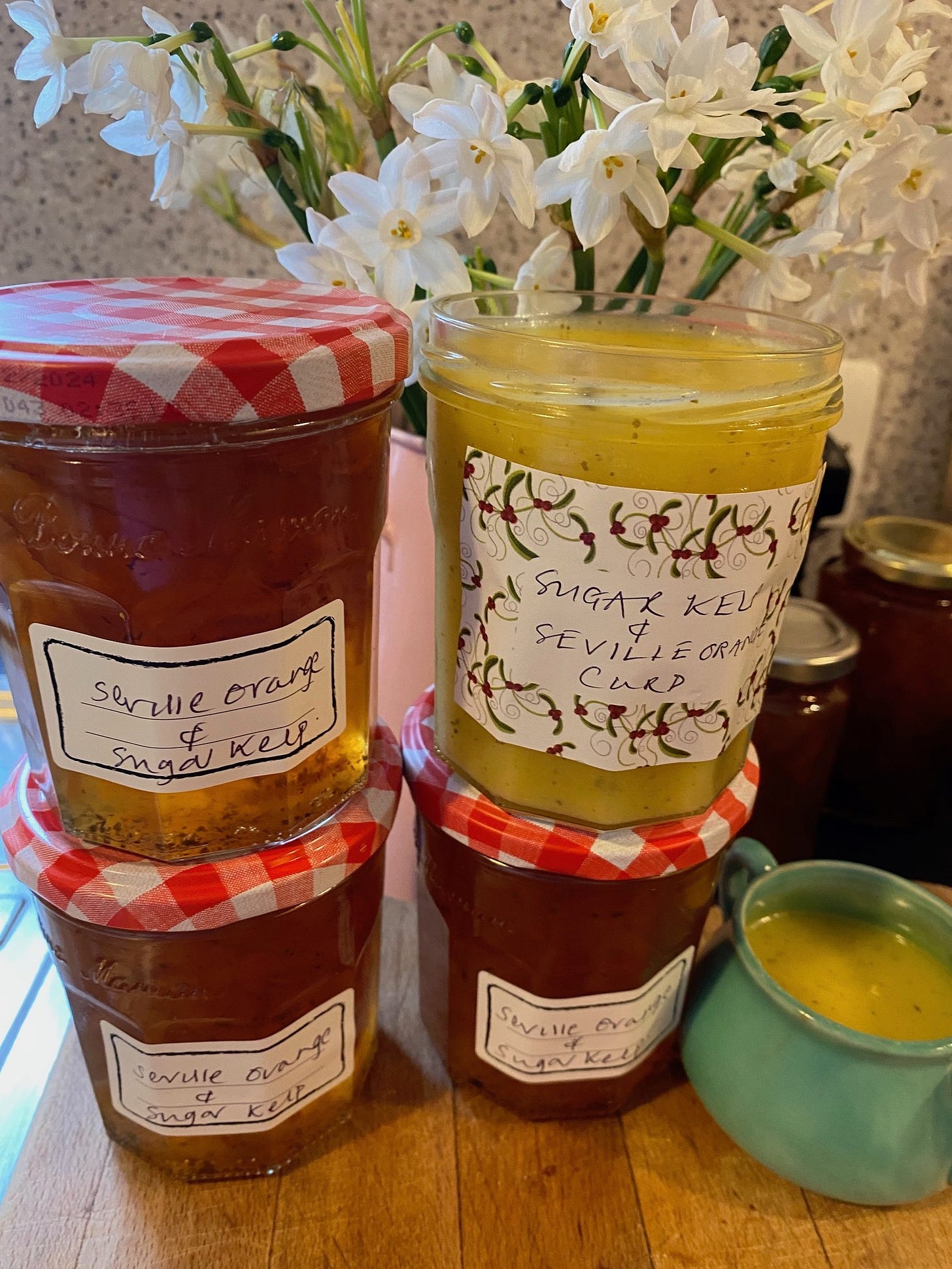
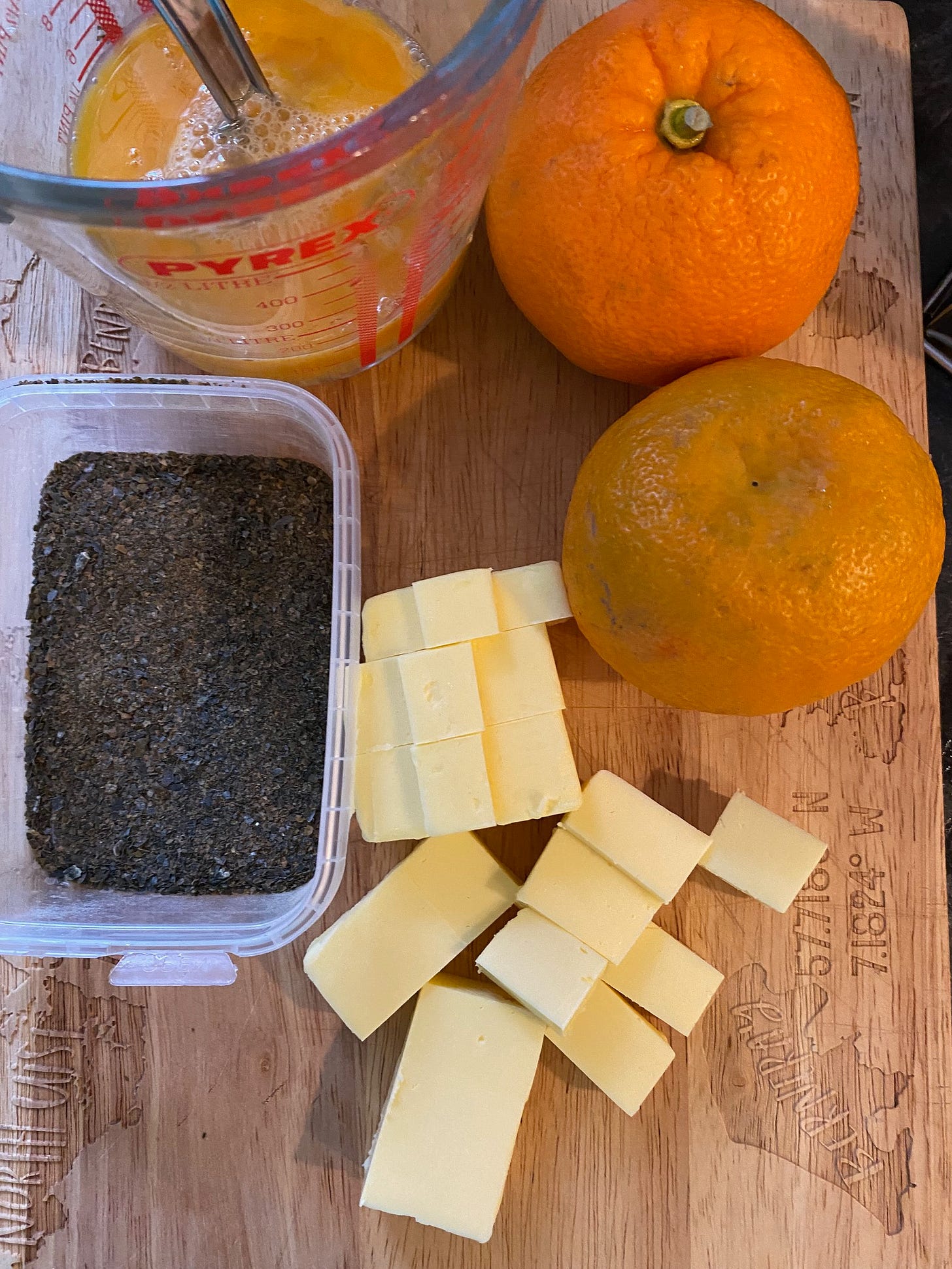
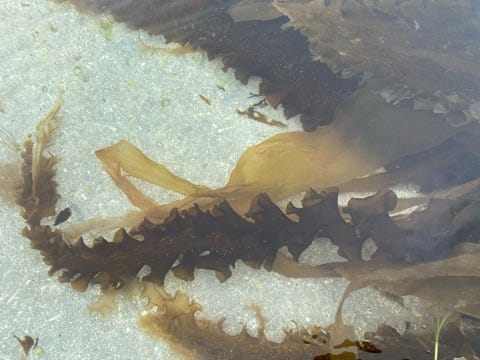
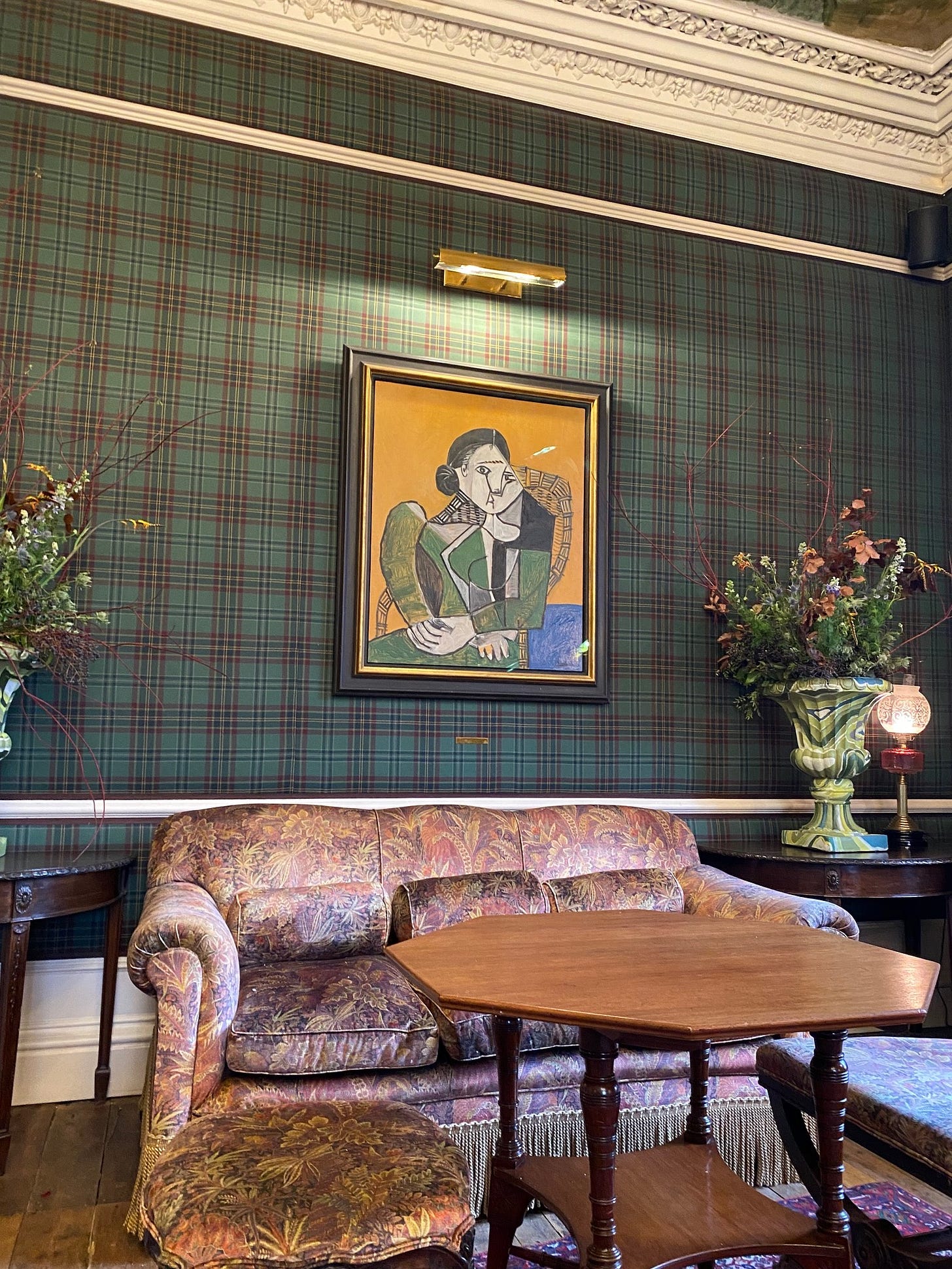
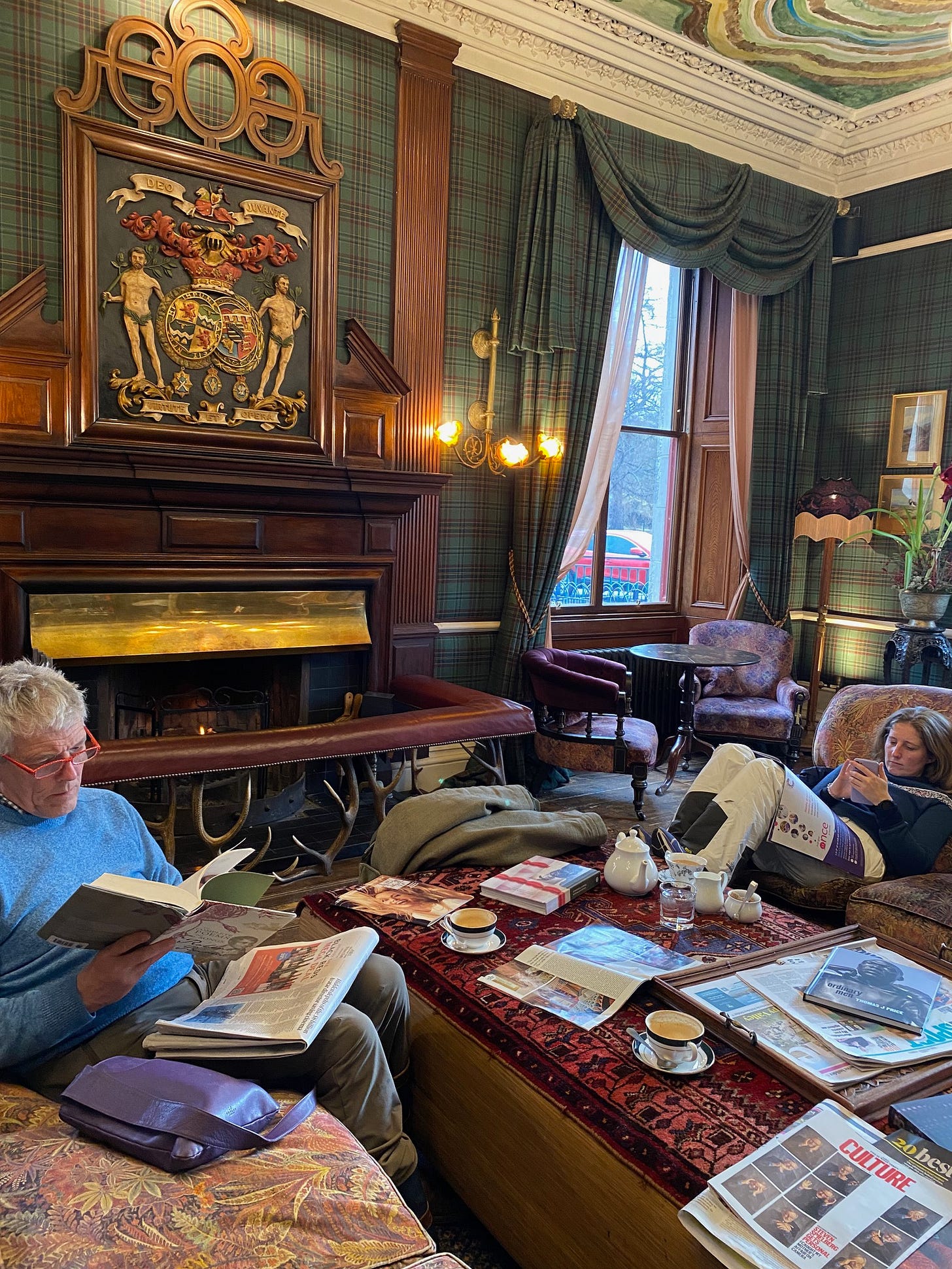
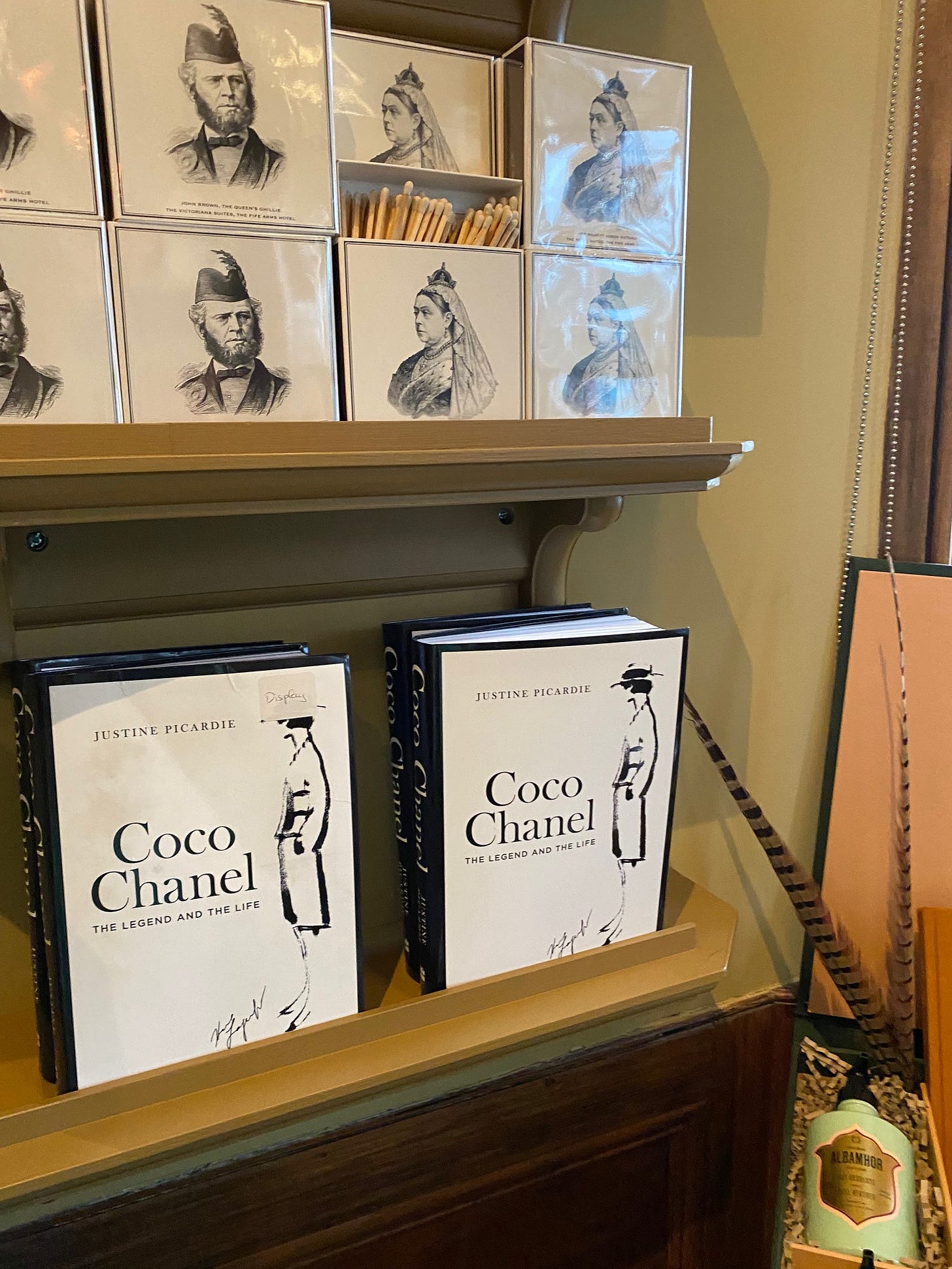
I am doing an off campus apartment